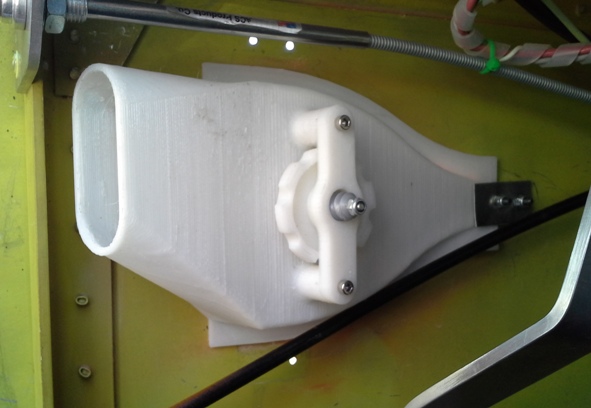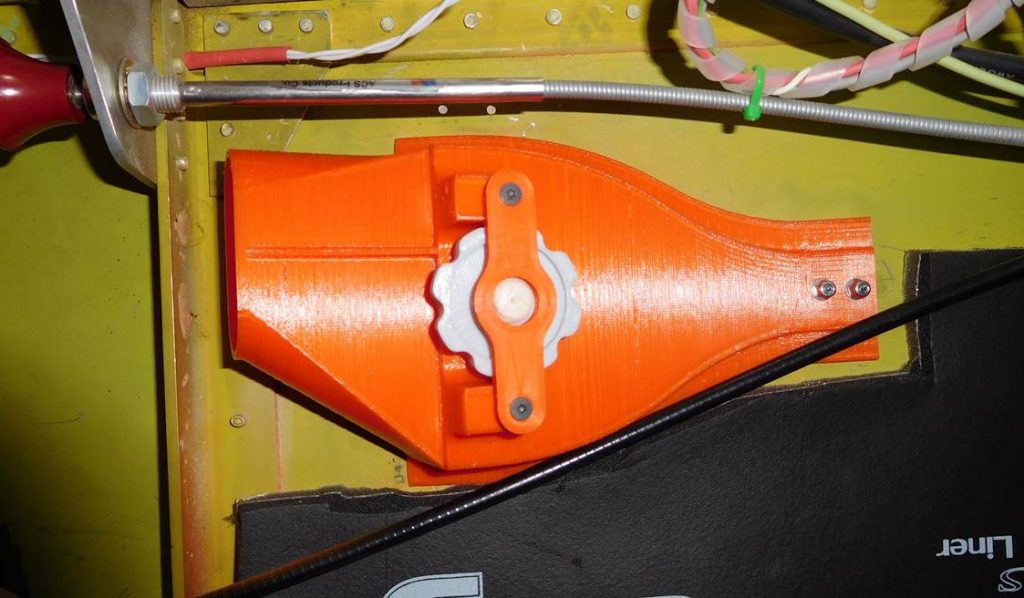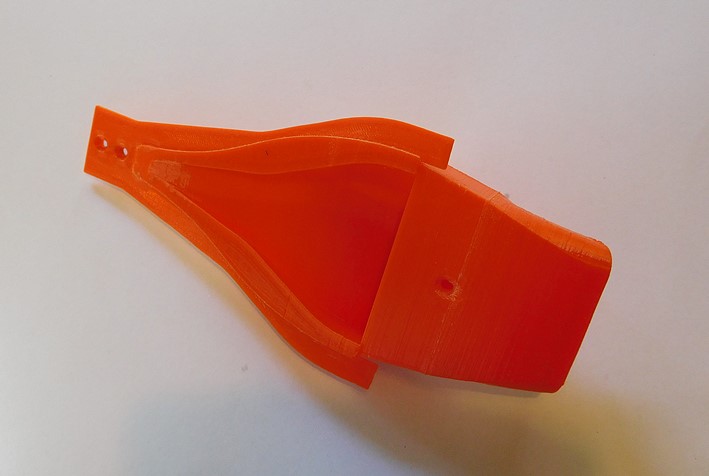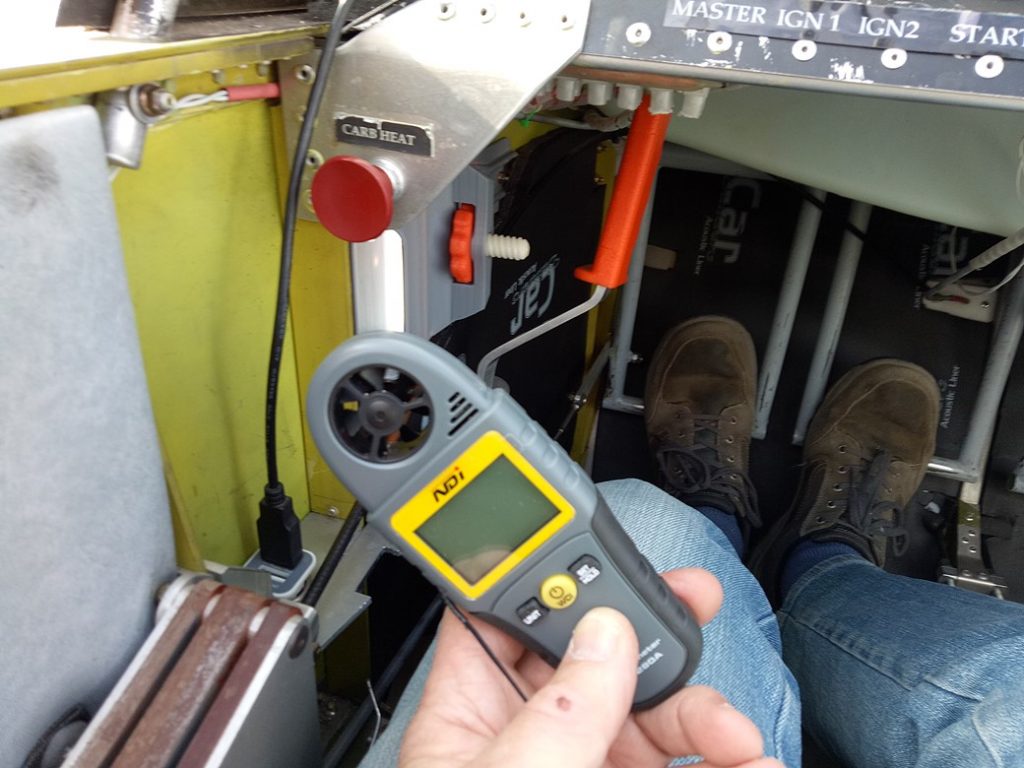When I first fitted a 3D printed duct to the original Sonex-shaped cut-out my subjective judgement was that air flow had greatly improved.


About a year later I started making the adjustable ducts in a true NACA shape but I was initially worried about selling them because I had no way of trying them out as the Sonex type cut-out precludes fitting the same sized NACA intake. Eventually I made some plastic plugs that fitted in the Sonex cut-out but had a smaller NACA duct included and the air flow was subjectively better so I felt confident in selling the vents, but how much better?

NACA inlet, 87mm wide
I finally worked out that if I made a NACA duct just 15% larger, the envelope of the cutout would completely encompass the old Sonex cut-out so before a recent trip to Queensland I fitted one of the larger vents to just the left side, and while the measurement was just of the hand waving type, it was obvious that the flow was much better. I have now fitted the larger NACA vent to the right side as well but I also wanted to try a few different things such as outlets with deflectors and different shapes. I have finally bought a small hand anemometer so I can get a more objective assessment of any changes that I make. I’m now thinking “why didn’t I do that 4 years ago?” The instrument is just a cheapie that I bought on eBay and my calibration check was to hold it out the car window as I drove at 50 km/h and the speeds roughly matched. All good (enough).

My first estimate (guess) was that the air flow of the aircraft vents at cruise was about the same as the fan ventilation in my car with the fan on full speed but when I took some measurements you will see that my guess was a long way out:
Car ventilation with fan on full: air speed: 8 metres/sec
Sonex with 87mm wide NACA intakes:
LEFT RIGHT
On ground, engine 900 rpm 8 m/s 6 m/s
Flying, 100 knots 20 m/s 20 m/s
Flying 110 knots 24 m/s 22 m/s
All the measurements were with the meter about 100 to 120 mm from the outlet. To save you the conversion, 24 metres/second is 54 miles/hour or 86 km/h, so it’s quite a blast, just what I need in the warm summer months in Australia. Now if only I had some comparison numbers.
Why does it matter?
The true NACA duct is a very specific shape. It’s not just a couple of radii stuck together like the old Sonex drawings show and it’s not the correct outline but the wrong depth profile like so many commercial “NACA” ducts. For a bit more information: http://www.formula1-dictionary.net/naca_duct.html